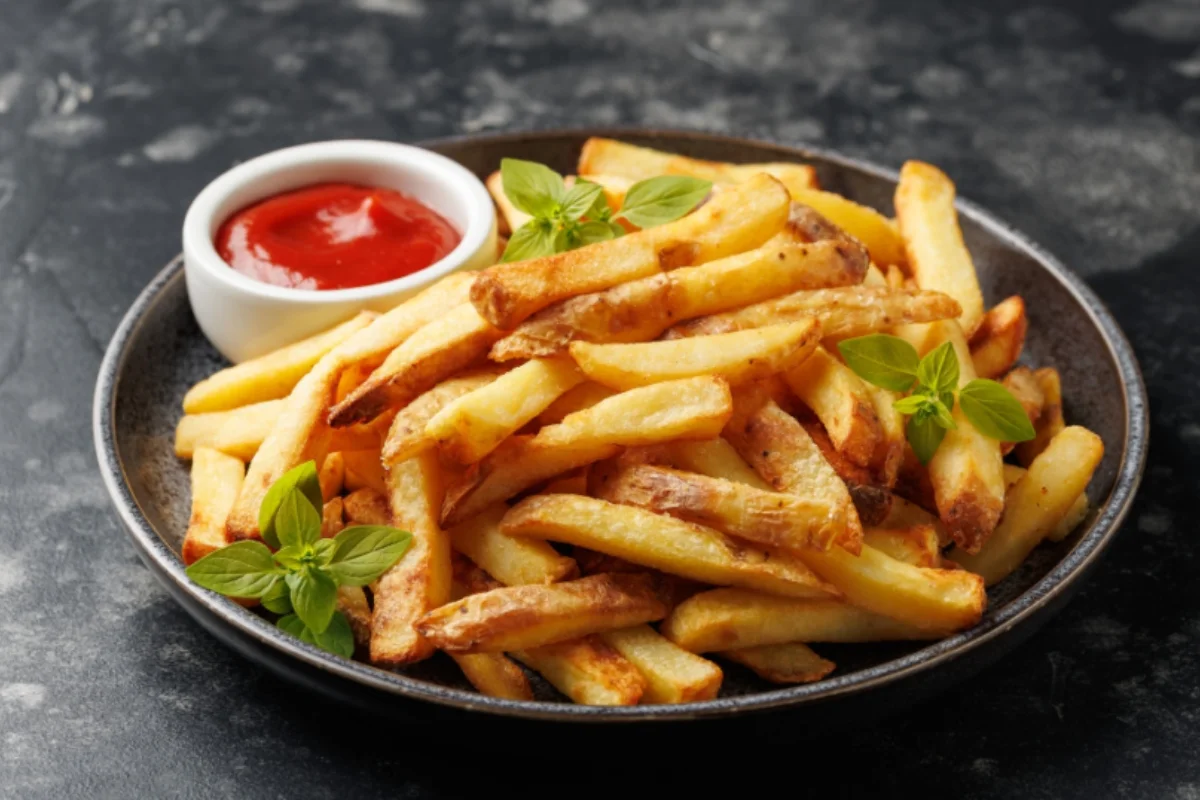A global food scam spills secrets on why your favorite snacks never quite taste the same abroad. From fries to sauces, the recipe tweaks reveal hidden twists that global giants swear don’t exist.
Taste buds are left wondering if they bought luxury or a cleverly disguised version. What’s real and what’s recipe fiction? The truth behind these flavor surprises is more than just a culinary mystery.
Global Food Scam Exposed Through Country-Wise Recipe Manipulations
TruNativ shares that consumers shouldn’t assume global food brands treat every country the same. Behind glossy ads and identical packaging, the global food scam hides recipe differences everywhere. Indian food products often come out sweeter, cheaper, and less nutritious. Brands quietly use recipe adjustments to match local rules and profit margins, not consumers’ health.
- Experiments show these swaps change quality and taste drastically.
- More sugar per 100g – 20–30% higher in Indian products.
- Artificial sweeteners are added to replace real sugar cheaply.
- Oils were swapped for palm oil or hydrogenated fats.
- Lower protein and fiber portions with more carbs.
- Hidden or incomplete nutrition labels.
- No independent testing or ingredient sourcing disclosed.
How To Tell You’re Getting The Cheaper Indian Version?
Spotting recipe downgrades in Indian food products is easier when you know what to look for. The global brand food quality gap grows with more sugar, fewer nutrients, and missing details. Labels often skip amino acid profiles and hide macros. High-carb, low-fiber versions keep calories unchanged but nutrition weaker.
Cheaper oils, banned in Western markets, appear frequently. Many products skip certifications or third-party checks. These clues confirm how deep the food brands’ recipe differences go. Such shifts explain how the global food scam spreads quietly across markets without being fully recognized by consumers.
Artificial Sweeteners To Watch For In Indian Products (100 words)
Artificial sweeteners are now replacing sugar in most processed foods. They seem harmless, but tell another side of the global food scam. Indian food products often include less natural sugar, while adding these cheap substitutes instead. Look for these six names next time you read a label:
- Sucralose (INS 955)
- Aspartame (INS 951)
- Acesulfame K (INS 950)
- Saccharin (INS 954)
- Neotame (INS 961)
- Advantame (INS 969)
Each has approval, but heavy reliance hides the food brands’ recipe differences across countries. This shift affects overall global brand food quality, changing how “sweet” tastes feel globally.
Why Do Your Favourite Snacks Taste Different Across Borders?
Changes in taste across countries aren’t cultural alone; they’re business-led. Global food brands alter recipes to reduce import costs, meet regional sugar rules, or adapt to pricing goals. This creates real food brands’ recipe differences worldwide. Indian food products often adjust sweetness, oil types, and flavors based on affordability.
The global food scam lies hidden in what’s added or removed without notice. Meanwhile, consumers abroad enjoy the authentic or regulated versions with better global brand food quality.
Across India, hidden recipe shifts reveal how global brand food quality changes quietly. Every bite tells who pays less, and who unknowingly gets the cheaper version of the same snack.
Disclaimer: This content, including advice, provides general information only. It is not a substitute for a qualified medical opinion in any way. The methods and claims mentioned in this article should be considered as suggestions only; DNP India neither confirms nor denies them. Always consult a doctor before following any such suggestions/treatments/medications/diets.
